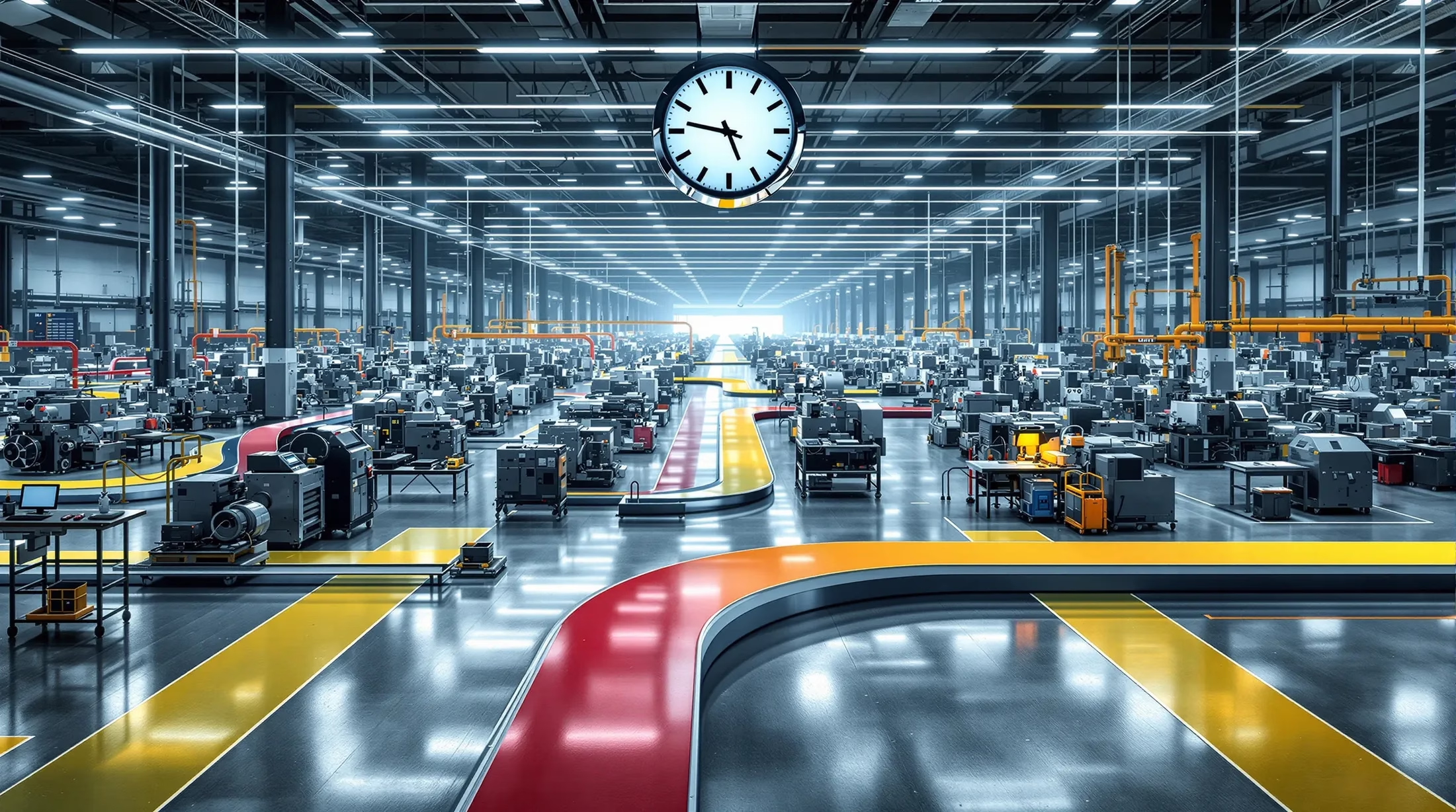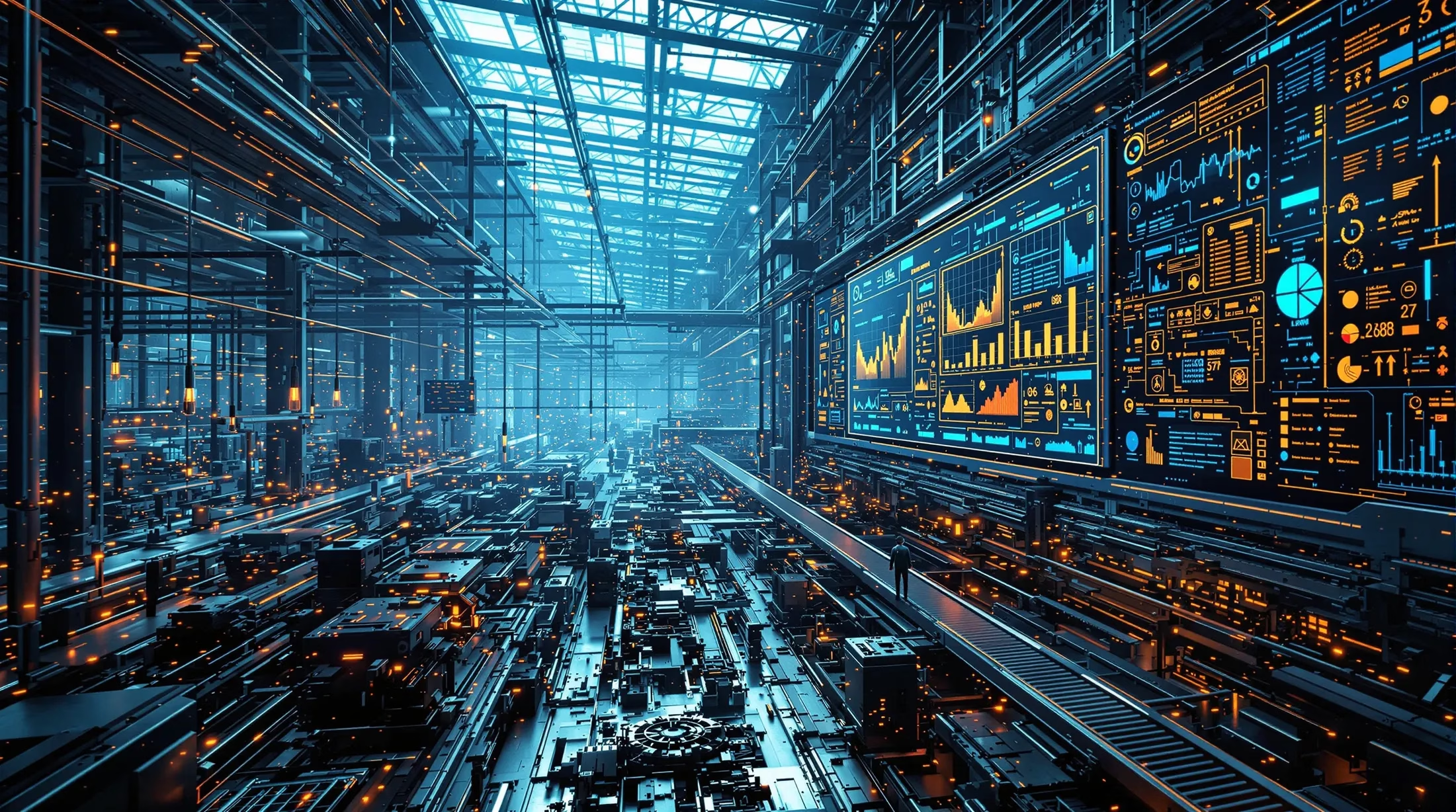Discover how factory automation is revolutionizing manufacturing processes and shaping the future of industrial production. From advanced robotics to intelligent control systems, this comprehensive guide explores the essential elements that drive modern automated manufacturing.
Factory automation represents a transformative approach to manufacturing that involves implementing advanced technologies and integrated systems to automate production processes. By connecting and coordinating factory equipment, organizations can dramatically enhance both efficiency and reliability of their manufacturing operations. This integration forms the backbone of modern industrial production, enabling manufacturers to remain competitive in an increasingly demanding global marketplace.
At its core, factory automation aims to optimize production while simultaneously reducing operational costs and minimizing human intervention in repetitive or hazardous tasks. The implementation of automation technology creates smarter manufacturing environments where machines handle routine operations with precision and consistency that would be difficult to achieve through manual labor alone.
What is Factory Automation?
Factory automation, often referred to as industrial automation, is the systematic application of technologies that enable manufacturing equipment to operate with minimal human intervention. It encompasses the integration of various technological systems that work in concert to perform manufacturing processes automatically.
- Robotics systems for assembly and material handling
- Control systems for process management
- Sensor networks for real-time monitoring
- Software solutions for production optimization
- Quality control systems for consistent output
- Automated packaging solutions
The Evolution of Automation in Manufacturing
The journey of manufacturing automation has been marked by remarkable technological transformations over the decades. Beginning with simple mechanical innovations, automation has progressed through several distinct phases:
| Era | Key Developments |
|---|---|
| Early Automation | Simple mechanical systems and basic electrical controls |
| 1960s Revolution | Introduction of Programmable Logic Controllers (PLCs) |
| Modern Era | Advanced robotics with multi-axis capabilities (6-8 axes) |
| Current Innovation | AI integration, machine learning, and IoT connectivity |
Key Components of Factory Automation
Factory automation represents a sophisticated integration of various technological components working together to enhance manufacturing processes. These systems connect and coordinate machinery to optimize production efficiency, improve reliability, and reduce costs.
Role of Industrial Robots
Industrial robots serve as the workhorses of modern automated production lines, performing repetitive tasks with unmatched precision, speed, and consistency. These programmable mechanical devices can be configured in multiple axis systems to execute complex movements required for assembly, welding, painting, and material handling operations.
- Continuous operation without fatigue
- High precision and repeatability
- Advanced sensor integration
- Machine vision capabilities
- Adaptive environmental response
Programmable Logic Controllers (PLCs)
Programmable Logic Controllers function as the central nervous system of factory automation, providing the intelligence needed to coordinate and control manufacturing operations. These specialized industrial computers excel in harsh industrial environments where reliability, real-time responsiveness, and precise control are essential.
- Real-time process monitoring
- Millisecond precision execution
- Enhanced connectivity options
- Distributed control architecture
- Robust environmental resistance
Importance of Machine Monitoring
Machine monitoring systems serve as the digital nervous system of factory automation, continuously gathering and analyzing data from production equipment. These sophisticated systems track critical metrics that provide deep insights into operational performance, including:
- Machine utilization rates and efficiency
- Production cycle times and throughput
- Downtime events and their causes
- Quality parameters and deviations
- Equipment performance trends
The implementation of machine monitoring transforms reactive management into proactive decision-making, enabling continuous improvement in manufacturing processes. Through predictive maintenance capabilities, these systems analyze equipment performance patterns to detect subtle changes that often precede mechanical failures. This early warning system allows maintenance teams to address potential issues before they escalate into costly production stoppages.
Benefits of Factory Automation
Factory automation delivers substantial advantages that are reshaping modern manufacturing across industries. Automated systems execute repetitive tasks with unmatched precision and consistency, operating continuously without the constraints of traditional shift changes or breaks. This technological evolution provides both immediate operational improvements and strategic long-term benefits that strengthen competitive positioning.
| Benefit Category | Impact |
|---|---|
| Operational Efficiency | Enhanced throughput and reduced cycle times |
| Product Quality | Consistent output with minimal defects |
| Manufacturing Flexibility | Quick adaptation to production changes |
| Market Competitiveness | Improved responsiveness to consumer demands |
Cost Savings and Efficiency
The financial advantages of factory automation extend far beyond initial expectations. While requiring substantial upfront investment, automated systems deliver consistent returns through multiple efficiency channels:
- Reduced labor costs through optimized workforce allocation
- Increased throughput rates with consistent high-speed operation
- Minimized material waste through precise processing
- Lower inventory costs via just-in-time production
- Decreased quality-related expenses and warranty claims
- Reduced maintenance costs through predictive systems
Enhancing Safety in the Workplace
Automated systems significantly improve workplace safety by eliminating human exposure to hazardous conditions. The implementation of automation technology provides comprehensive protection through:
- Removal of workers from dangerous environments
- Automated handling of hazardous materials
- Advanced emergency shutdown capabilities
- Proximity sensors and light curtains
- Collaborative robots with built-in safety features
- Reduced physical strain and repetitive motion injuries
Reducing Waste and Environmental Impact
Factory automation drives sustainability through precise resource management and waste reduction capabilities. The environmental benefits manifest through:
- Optimized material usage with minimal scrap rates
- Intelligent energy consumption management
- Early defect detection preventing material waste
- Real-time resource consumption monitoring
- Automated inventory control reducing overproduction
- Digitized workflows minimizing paper usage
Future Trends in Factory Automation
Factory automation is evolving beyond traditional capabilities, driving revolutionary changes in manufacturing environments worldwide. The convergence of intelligent, interconnected platforms is establishing new benchmarks for efficiency and productivity. These sophisticated technologies are creating adaptive manufacturing processes that optimize operations with minimal human oversight.
The future landscape of factory automation integrates multiple technological innovations:
- Artificial intelligence and machine learning systems
- Advanced robotics and automation platforms
- Industrial Internet of Things (IIoT) networks
- Edge computing and real-time analytics
- Predictive maintenance solutions
AI and Machine Learning in Automation
AI and machine learning are transforming manufacturing automation from programmed responses to truly adaptive behaviors. These technologies revolutionize production by identifying operational patterns, predicting equipment failures, and implementing autonomous corrections to prevent costly disruptions.
| Application Area | AI-Driven Capabilities |
|---|---|
| Quality Control | Advanced defect detection and real-time quality assurance |
| Production Scheduling | Dynamic optimization based on real-time conditions |
| Maintenance | Predictive analytics for equipment reliability |
| Process Optimization | Continuous improvement through data analysis |
The Rise of Fully Automated Factories
’Lights-out manufacturing’ facilities represent the pinnacle of automation technology, operating 24/7 with minimal human intervention. These state-of-the-art environments integrate advanced systems across every production phase, from material handling to final packaging.
- Advanced robotics with enhanced dexterity and spatial awareness
- Autonomous mobile robots (AMRs) for material transport
- Computer vision systems for quality inspection
- Integrated communication networks
- Automated material handling systems
- Smart inventory management solutions
The Role of IIoT in Future Automation
The Industrial Internet of Things forms the digital foundation of next-generation automation, creating seamless connectivity throughout manufacturing environments. This sophisticated network enables comprehensive data exchange and real-time optimization across production systems.
- Real-time monitoring of operational parameters
- Edge computing for instant decision-making
- Predictive maintenance capabilities
- Equipment-as-a-Service business models
- Blockchain-secured data exchange
- 5G-enabled connectivity solutions
- Cross-value chain optimization








